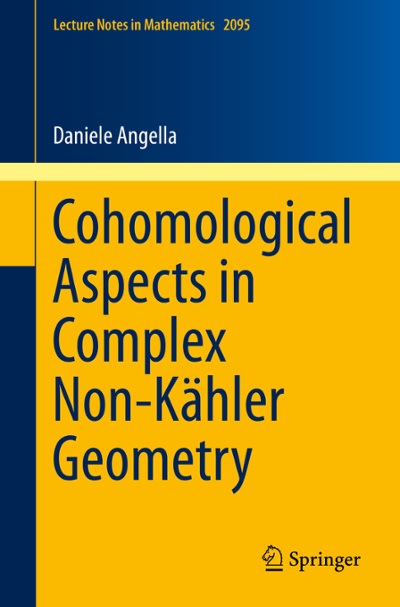Question
Question 1 There are five possible outcomes in a sample space. The probability of outcome #1 is 10%, the probability of outcome #2 is 20%,
Question 1
There are five possible outcomes in a sample space. The probability of outcome #1 is 10%, the probability of outcome #2 is 20%, and the probability of outcome #3 is 25% and the probability of outcome 4 is 15% What is the probability of outcome #5?
Group of answer choices
15%
20%
70%
30%
Question 2
Which of the following is an example of mutually exclusive events?
Group of answer choices
The event of drawing a king from a deck of cards. The event of drawing a heart from a deck of cards.
Trees in a park over 3 feet tall. Trees in a park with green leaves.
A coin is tossed two times. The event of tossing two heads in a row. The event of tossing a heads and a tails.
Number of children in a classroom. Number of children with a blue backpack in a classroom.
None of the above.
Question 3
A process produces a component that has 2 different types of defects, X and Y. The component may have none of these defects or either type of defect or both of the defects. The probability of having a defect of type X is 5% and of type Y is 3%.
What is the probability of a component having no defects?
Group of answer choices
0.9215
0.0285
0.9700
0.9200
Question 4
A process produces a component that has 2 different types of defects, X and Y. The component may have none of these defects or either type of defect or both of the defects. The probability of having a defect of type X is 5% and of type Y is 3%.
What is the probability of a component have a type X defect but not a type Y defect?
Group of answer choices
0.0485
0.0500
0.0285
0.920
Question 5
A process produces a component that has 2 different types of defects, W and Z. The component may have none of these defects or either type of defect or both of the defects. The probability of having a defect of type W is 6% and of type Z is 4%.
Whatis the probability that a component will not have a type W defect?
Group of answer choices
0.94
0.96
0.06
0.125
Question 6
25 shirts are shipped to a store. 6 shirts are blue, 8 are yellow, and 11 are purple. Two shirts are drawn at random from the shipment and the packages opened. What is the probability that both shirts are purple?
Group of answer choices
0.1833
0.1936
0.080
0.2017
Question 7
240 circuit boards are tested after a wave soldering process. 15 of them fail the test and will require rework. What is the first pass yield for the process?
Group of answer choices
93.75%
94.1%
6.25%
8.5%
Question 8
A process consists of 3 steps. The first pass yields for each step are as shown in the table
Step | A | B | C |
FPY | 90% | 97% | 85% |
What is the rolled through-put yield for the sequence?
Group of answer choices
74.2%
72.0%
85%
15%
Question 9
The label on the cereal box indicates that the box contains 16 oz. of cereal. As all processes have variation, not all boxes contain exactly 16 oz. At a certain manufacturer, 6% of boxes actually contain slightly less than 16 oz (under filled). If 3 boxes are randomly selected from the process, what is the probability that none of the boxes will be under filled?
Group of answer choices
0.94
1-(0.94)x(0.94)x(0.94)
(0.94)x(0.94)x(0.94)
1-(0.06)x(0.06)x(0.06)
Question 10
The probability of earning a passing grade on the TQM midterm exam is 96%. If 32 students take the exam, what is the probability that at least 1 student does not pass?
Group of answer choices
1-(.04)32
(0.04) x (0.96)31
(0.96)32
1-(0.96)32
Step by Step Solution
There are 3 Steps involved in it
Step: 1

Get Instant Access to Expert-Tailored Solutions
See step-by-step solutions with expert insights and AI powered tools for academic success
Step: 2

Step: 3

Ace Your Homework with AI
Get the answers you need in no time with our AI-driven, step-by-step assistance
Get Started


